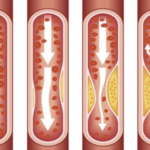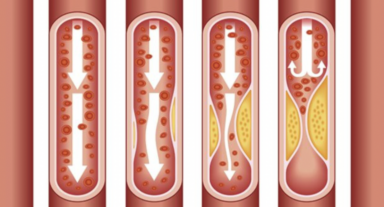Research flashlight: Accurate treatment of patients with coronary disease prior to aortic valve surgery
Our cardiologists at ACS are continuing to push the frontiers of knowledge for patients with heart disease!
Dr Adam Brown and his research team at Monash University have recently been exploring coronary pressure data in patients with severe aortic stenosis (AS). His previous work has highlighted that aortic stenosis significantly affects coronary pressure and blood flow, yet these measures are often used by clinicians to decide on which patients would and which would not benefit from coronary stenting. It was therefore clear that more data was needed in this field to ensure only appropriate patients were sent on for treatment of their coronary disease prior to aortic valve replacement.
To explore this question, Dr Brown and colleagues recruited 41 patients with severe AS who were due to undergo valve replacement surgery. During their coronary angiogram the researchers obtained and studied the coronary pressure tracings using specialised wires that were passed down the vessels. They then used proprietary software developed by students at Monash University to calculate several pressure based measurements that act as a surrogate for coronary flow, including instantaneous wave-free ratio (iFR) and diastolic pressure ratio (DPR). They compared these contemporary indices to more established measures of coronary flow, including fractional flow reserve (FFR). The results were informative and demonstrated a clear discrepancy between coronary pressure measurements techniques, with some of the newer technologies over-estimating disease severity. These results are important for clinicians worldwide who use these technologies in clinical practice to decide on treatment strategies for their patients. However, the researchers acknowledge that further work is required in this field and this remains an ongoing area of research for the team.
For further reading on this research, please follow the hyperlink below to the publication in JACC: Cardiovascular Interventions.
https://www.jacc.org/doi/10.1016/j.jcin.2020.10.049
CATEGORIES: Research






